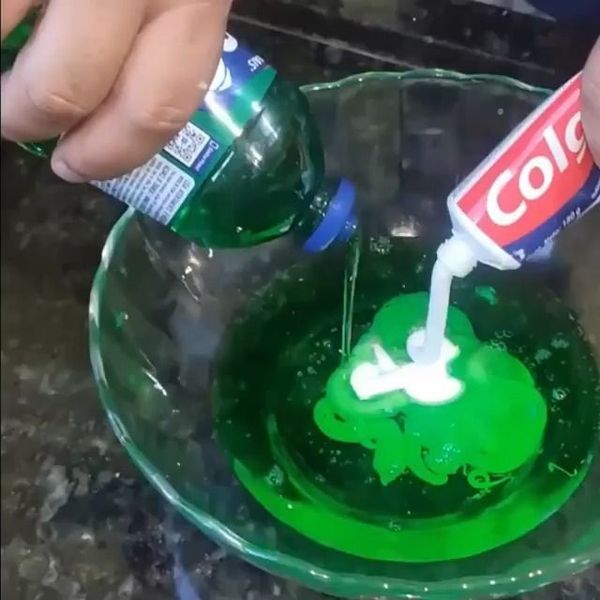
Growing cucumbers can be a gratifying experience, especially when you discover a simple and unexpected method to multiply your plants. Whether you’re a novice or an experienced gardener, this technique will help you enjoy a plentiful cucumber harvest in no time. Let’s dive into this exciting propagation method and get ready to enjoy the rewards.
The Method: Propagating from Cuttings
Most people are familiar with growing cucumbers from seeds, but did you know that you can also propagate them from cuttings? This technique is not only easy but also gives you a head start in your gardening season. Here’s how you can do it.
Why Choose Cuttings?
- Faster Growth: Propagating from cuttings allows your cucumber plants to skip the germination stage, leading to quicker growth and earlier harvests.
- Consistency: By using cuttings from a healthy plant, you can ensure that your new plants will have the same strong characteristics as the parent plant.
- Cost-Effective: This method saves you money on seeds and reduces waste by making use of existing plants.
How to Propagate Cucumbers from Cuttings
What You’ll Need:
- A healthy cucumber plant
- Sharp scissors or pruning shears
- Rooting hormone (optional, but recommended)
- Small pots or containers
- Potting soil
- Plastic bag or a mini greenhouse
Instructions:
- Choose the Cuttings: Select healthy stems from your cucumber plant. Look for non-flowering stems with at least 3-4 leaves. Using sharp scissors or pruning shears, cut a 4-6 inch section just below a leaf node.
- Prepare the Cuttings: Remove the lower leaves from the cuttings, leaving only the top two or three. Dip the cut end into rooting hormone to encourage faster root development.
- Plant the Cuttings: Fill small pots or containers with potting soil and create a small hole in the center. Insert the cut end of the cutting into the hole and gently firm the soil around it.
- Create a Humid Environment: Cover the pots with a plastic bag or place them in a mini greenhouse to maintain high humidity. This helps the cuttings retain moisture and promotes rooting.
- Care for the Cuttings: Place the pots in a warm and well-lit location, away from direct sunlight. Keep the soil moist but not overly wet. In about 2-3 weeks, you should start to see new roots developing.
- Transplanting: Once the cuttings have established roots, they can be transplanted into larger pots or directly into your garden.
Conclusion
Propagating cucumbers from cuttings is not only surprising but also an effective way to expand your cucumber garden. This method saves time and guarantees strong and healthy plants with consistent qualities. Give it a try, and you’ll be pleasantly surprised by how easy and rewarding it can be. Enjoy the abundance of cucumbers from your new plants! Happy gardening!


















